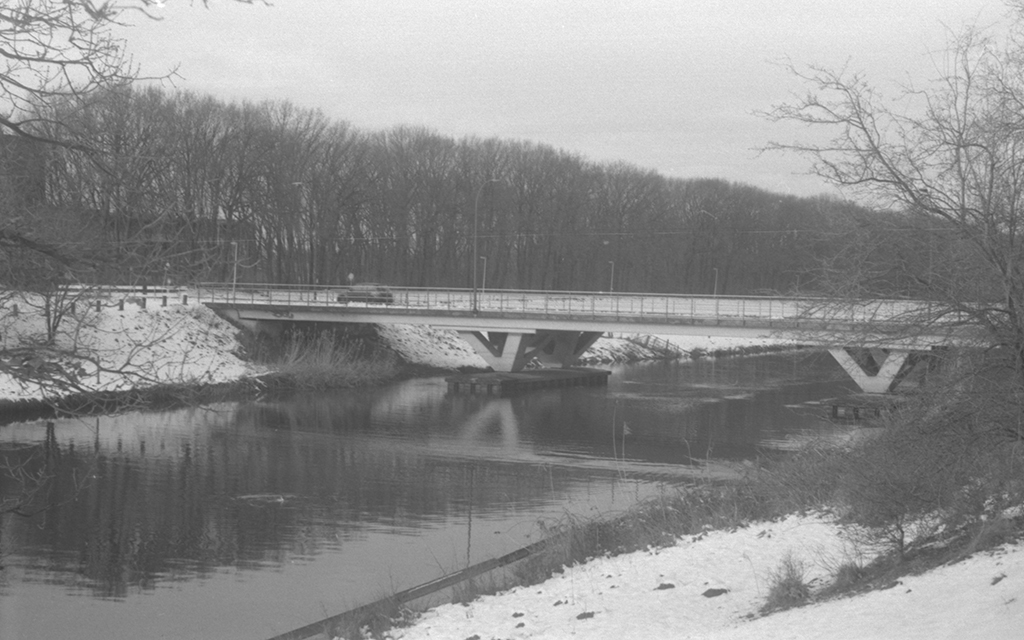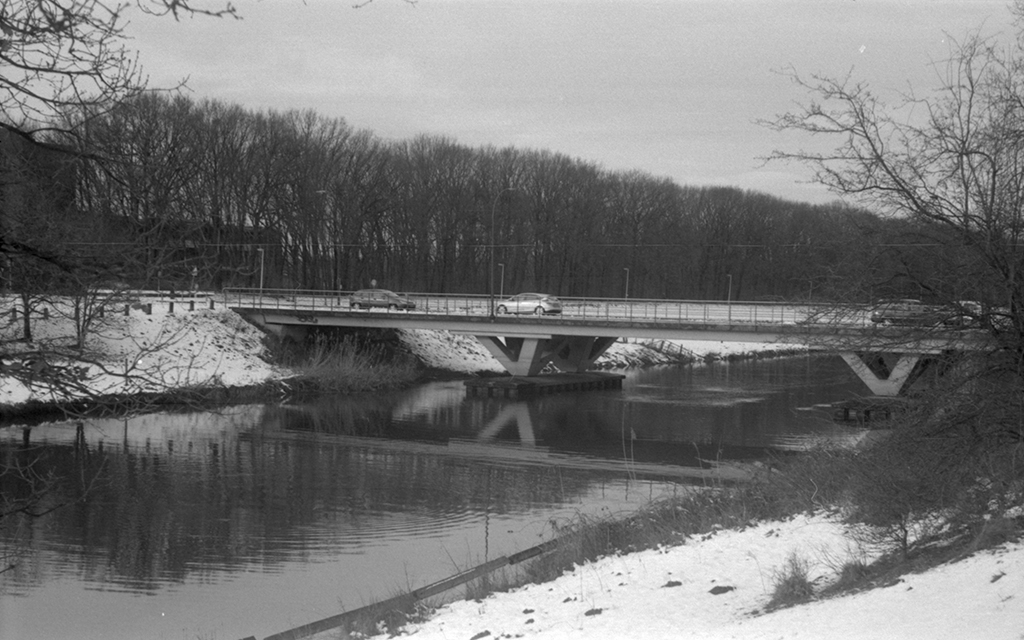That's a good point re: acceleration v top speed thanks for mentioning that and it does make sense.Actually thinner ribbon would give a smaller diameter, more mechanical advantage and more acceleration as it rolled up but a lower top speed than thick ribbon would.
This would produce the exact effect that is being seen, where the low speeds that are governed would not be affected as much as the high speeds. If the Zeiss designers took this into account then the top speeds may not even be attainable with thin ribbon even with a perfectly and completely cleaned and lubed camera.
If the camera still has bearings with dirt and old lube in them on top of thinner ribbon than it is designed for then that would make the effect more pronounced because again the low speeds will be less affected but the high-speeds will be harder to reach because the frictional losses in a machine increase exponentially with speed.
Because the low speed is governed, the Contax that has the best chance to work at 1/500 and above will be one that has been completely taken apart, all clearances checked, all parts cleaned spotlessly, all lubricant replaced correctly and has the original diameter of the roll of ribbon when it is wound up at the end of the shutter travel.
I've taken a number of pics with the higher speeds of the IIs I have used Aki Asahi ribbons in but with few exceptions they're all on black and white negative which is more forgiving of additional exposure. But here are three photos made on colour transparency, which, on the other hand, doesn't give you a lot of latitude for a slower than optimal shutter.
1/1250 @ f/4 Carl Zeiss Jena coated 50mm Sonnar f/1.5 (this is the first shot of the roll, and an incomplete frame)

1/500 @ f/5.6 Carl Zeiss Jena 50mm as above

1/500 @ f/5.6 Carl Zeiss 50mm Sonnar f/1.5 (Oberkochen)

Overall those exposures don't look too bad to me and Provia is not going to give you a lot of room to hide if the shutter's dragging. Granted, the first image of the old truck (a WW2-era Ford Canada 4x4 vehicle as I understand it) shows the light green (faded) paint looking quite bright, but, it was late afternoon winter sun with the sun shining nearly straight at it, so, it's properly going to look quite bright as it is completely front lit. Incident readings were taken with my trusty Minolta Auto Meter III used to expose many rolls of transparency satisfactorily over of a number of years. I should stress these images were not made with the subject of the thread, the original Contax, but with a 36-37 Contax II (C serial prefix I believe) but they're tendered to demonstrate that the Aki Asahi ribbon can nevertheless deliver decent results In a Contax mechanism, even at the faster shutter speeds, if it is correctly cleaned and adjusted.
Cheers,
Brett




